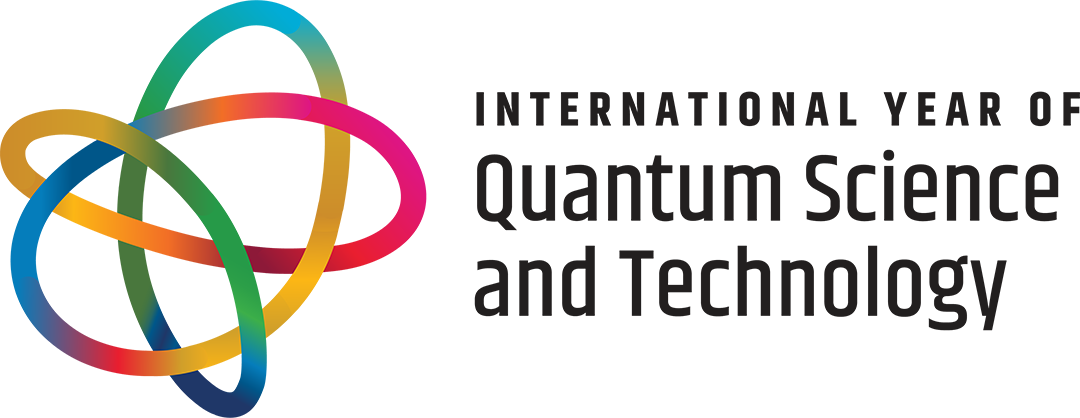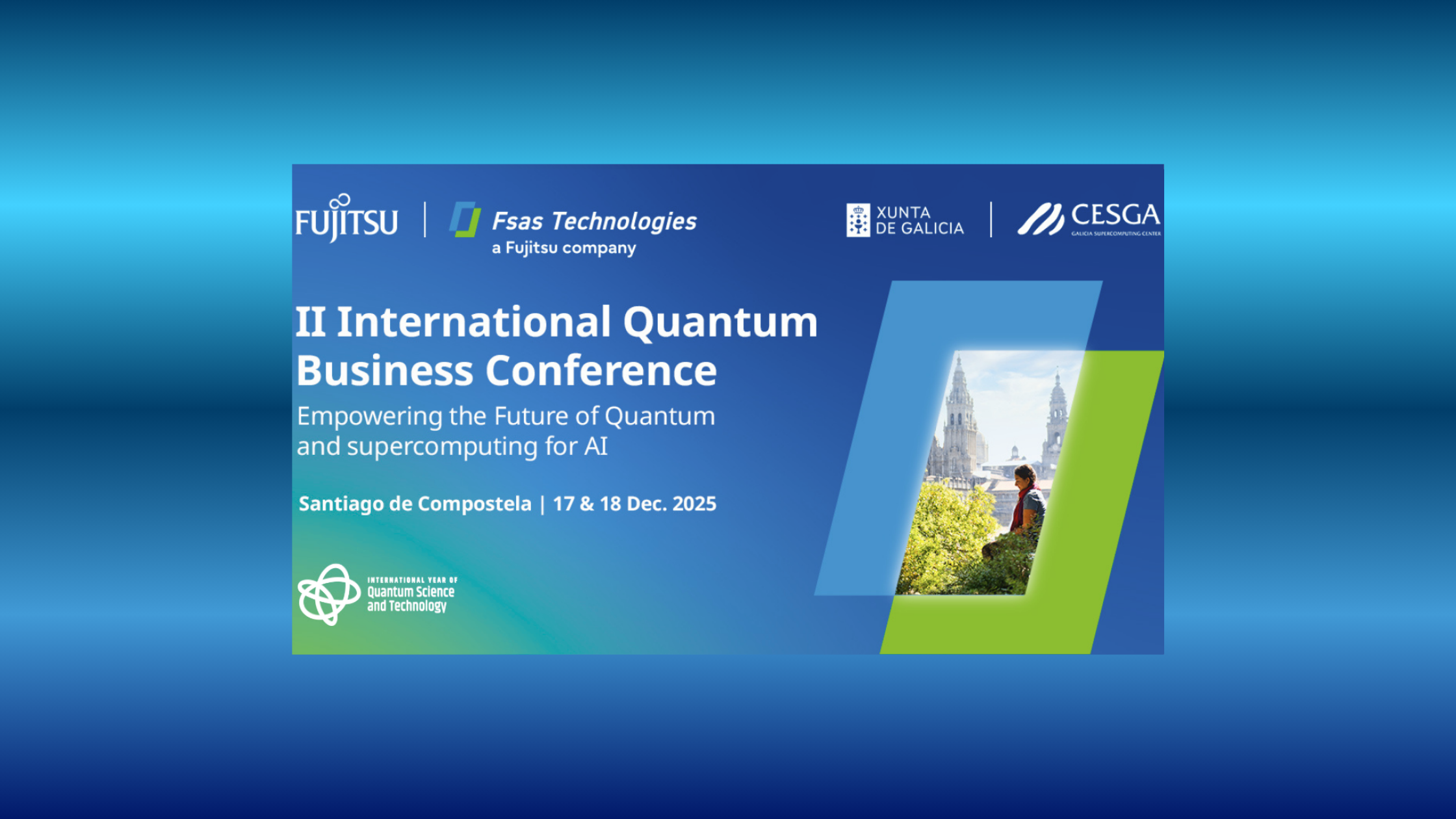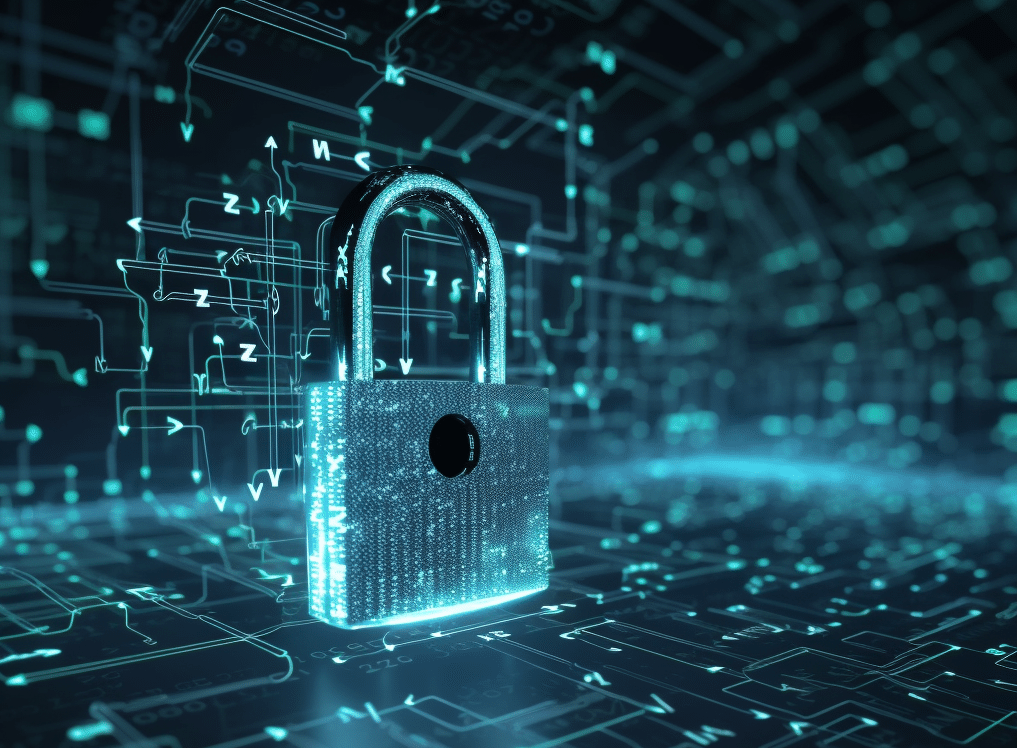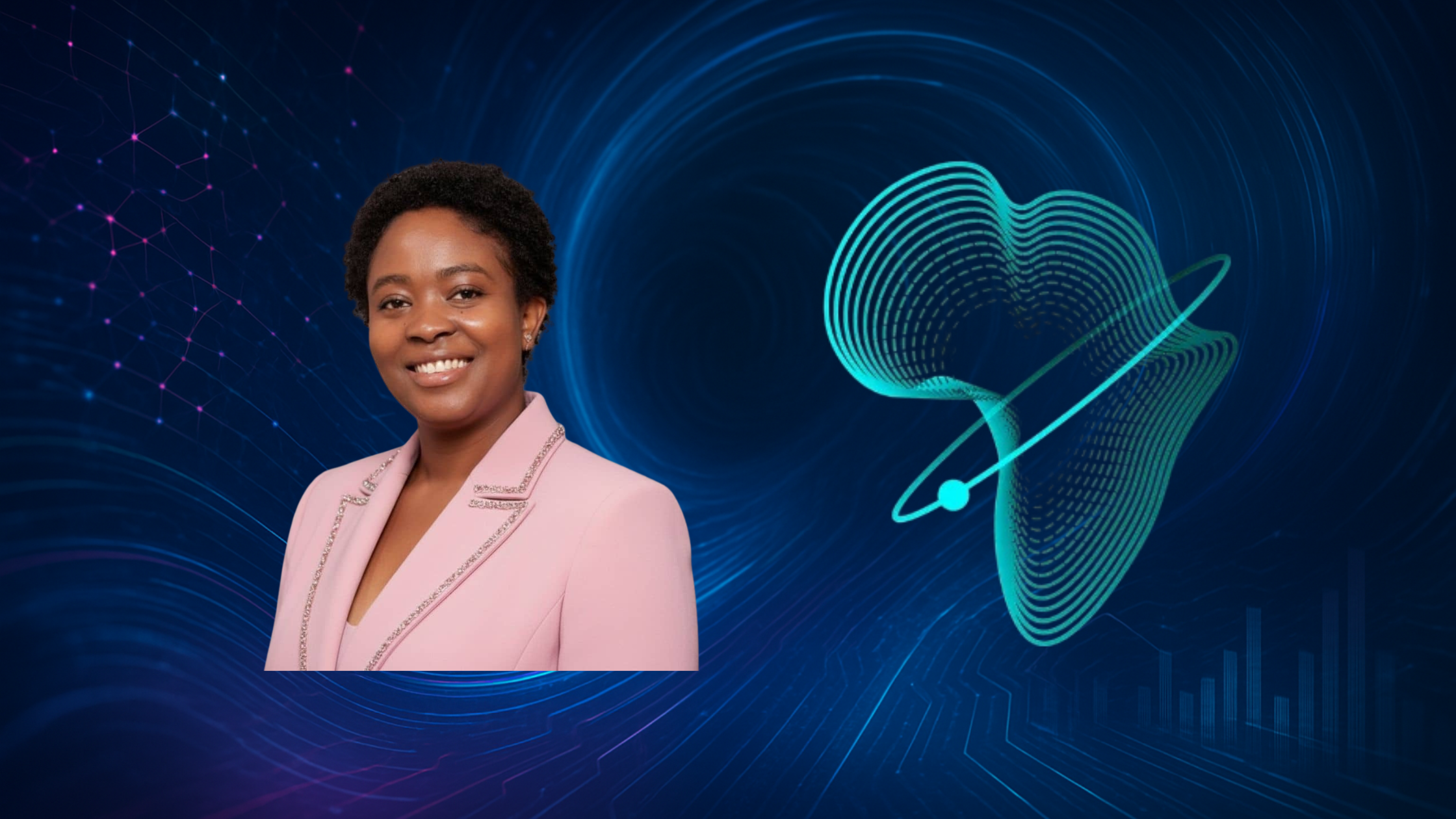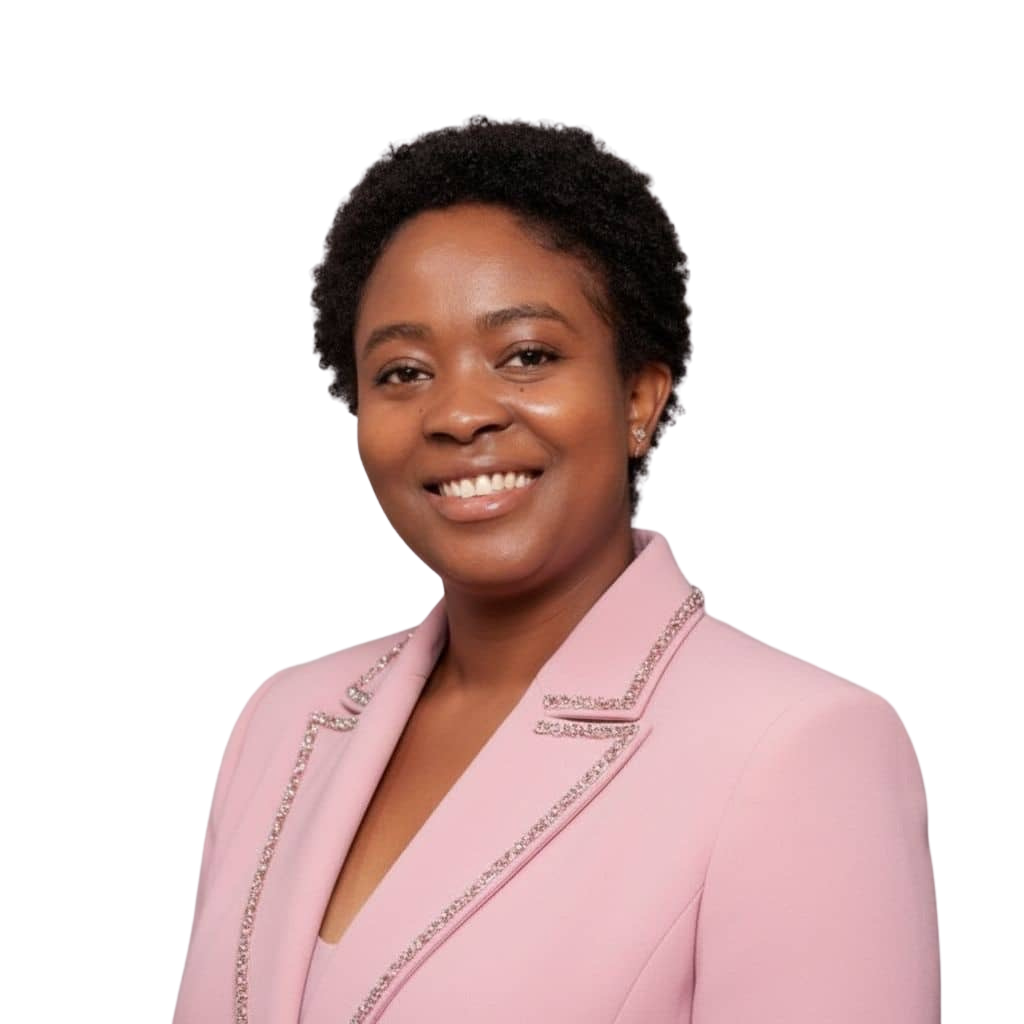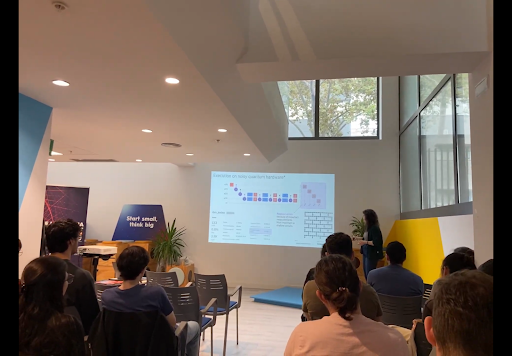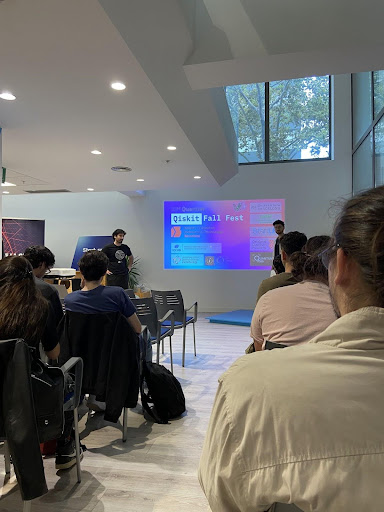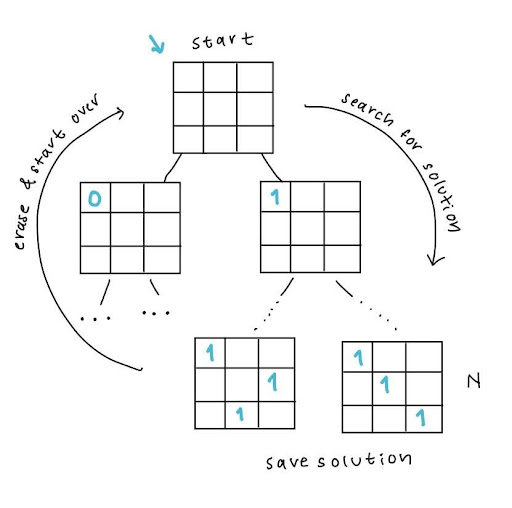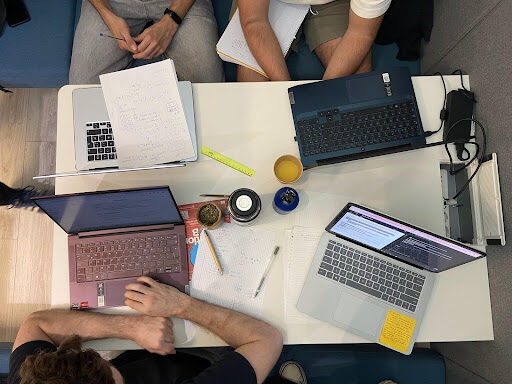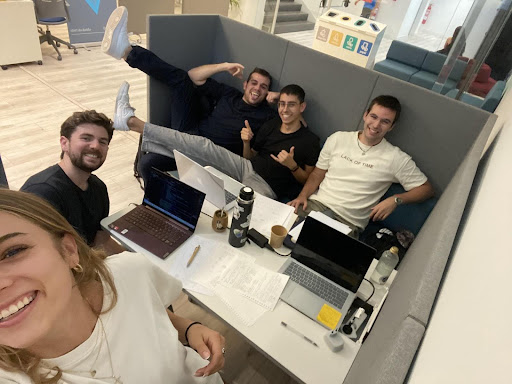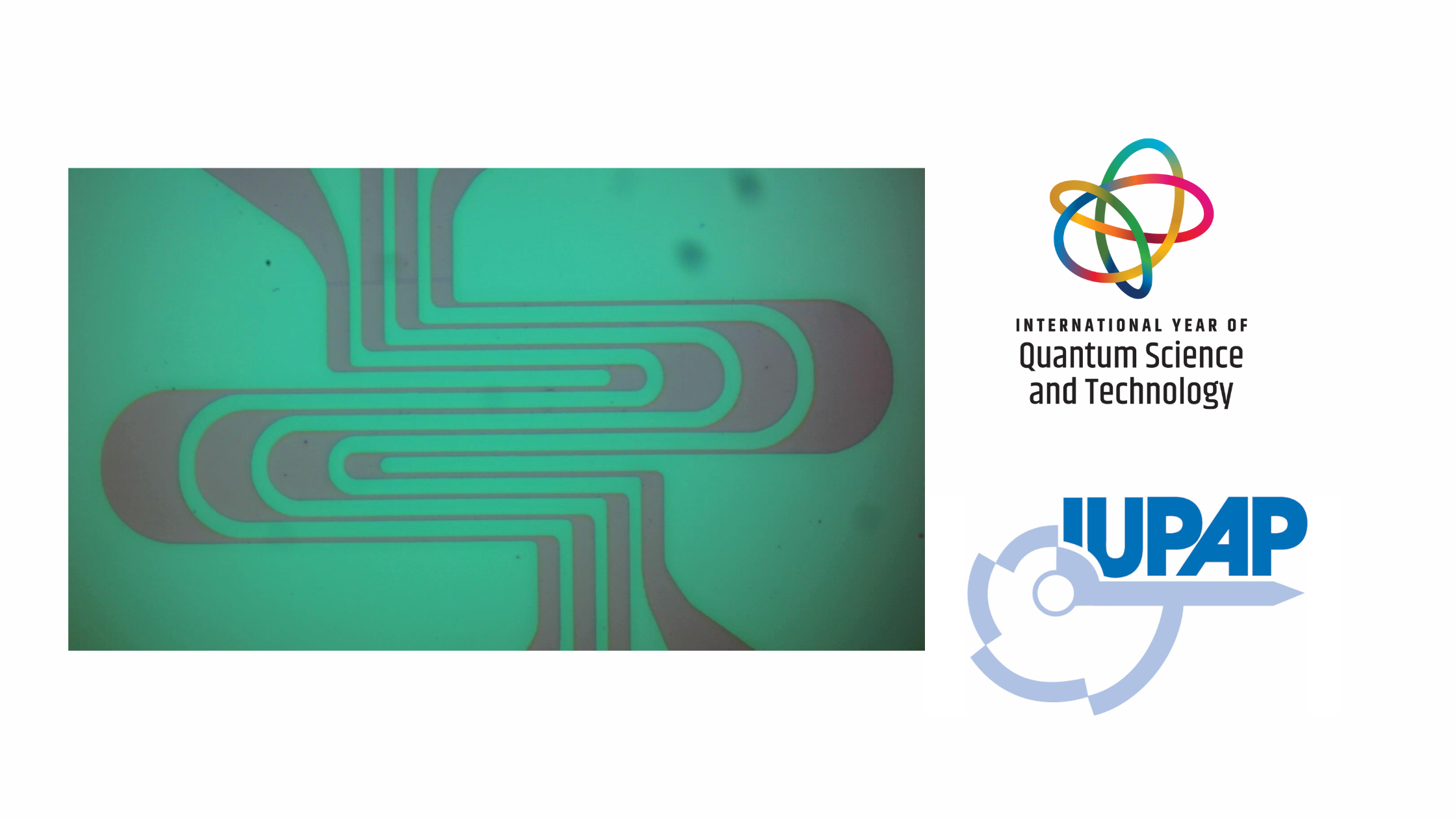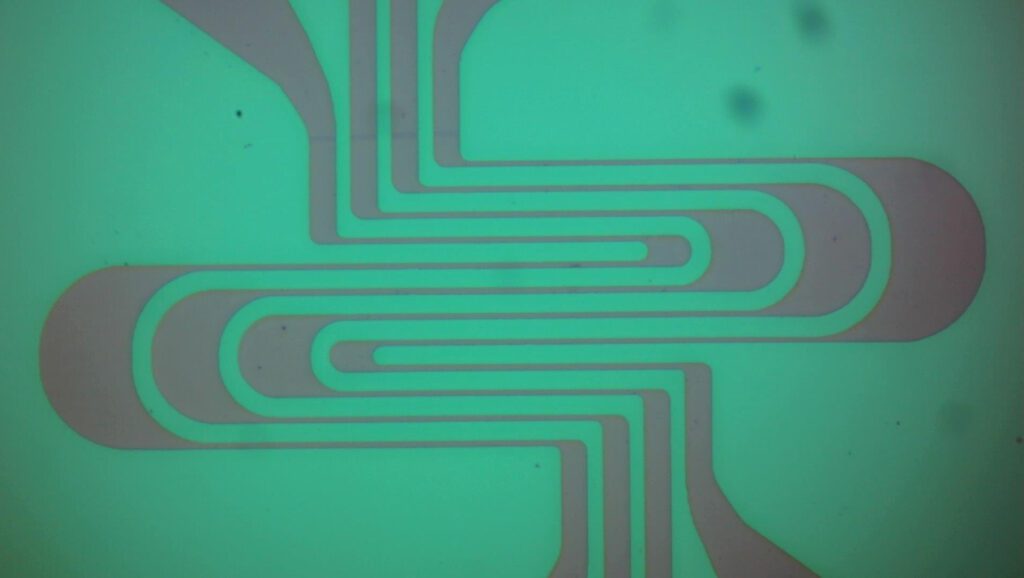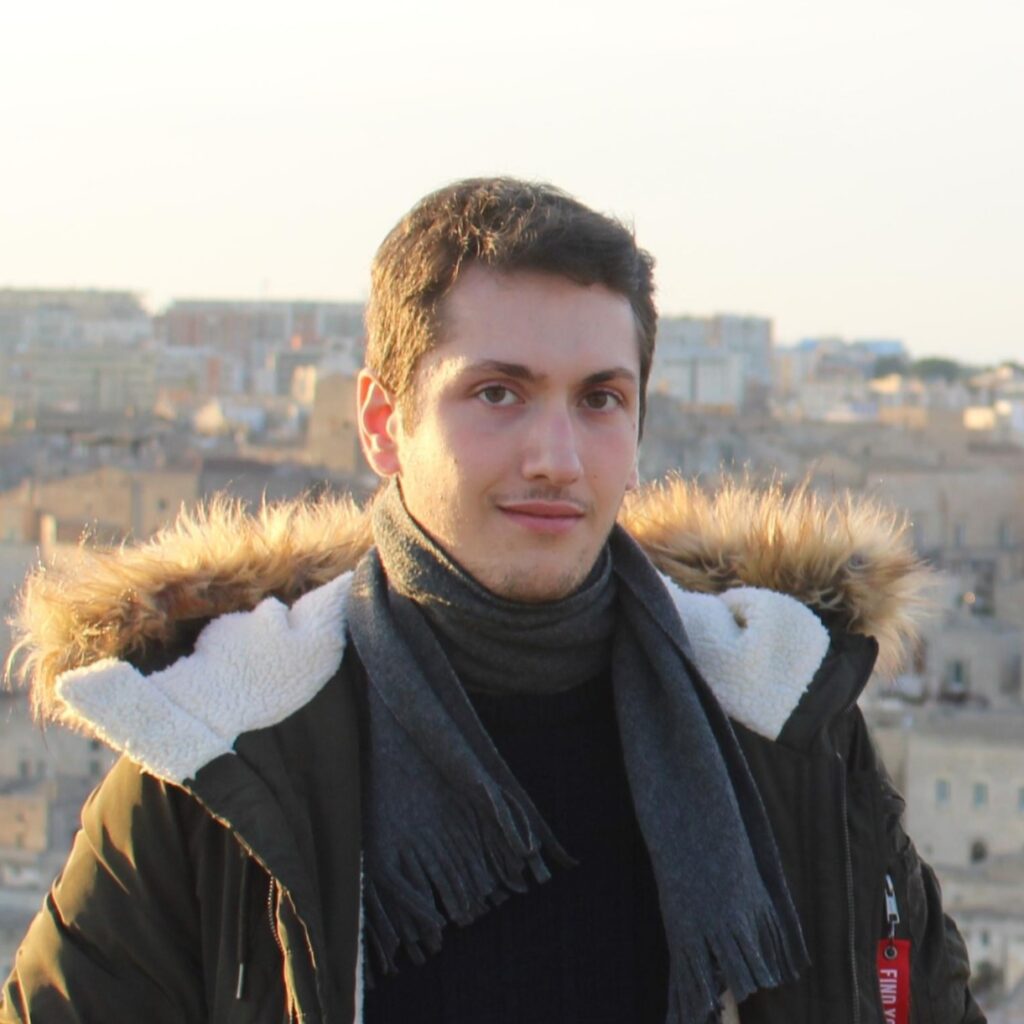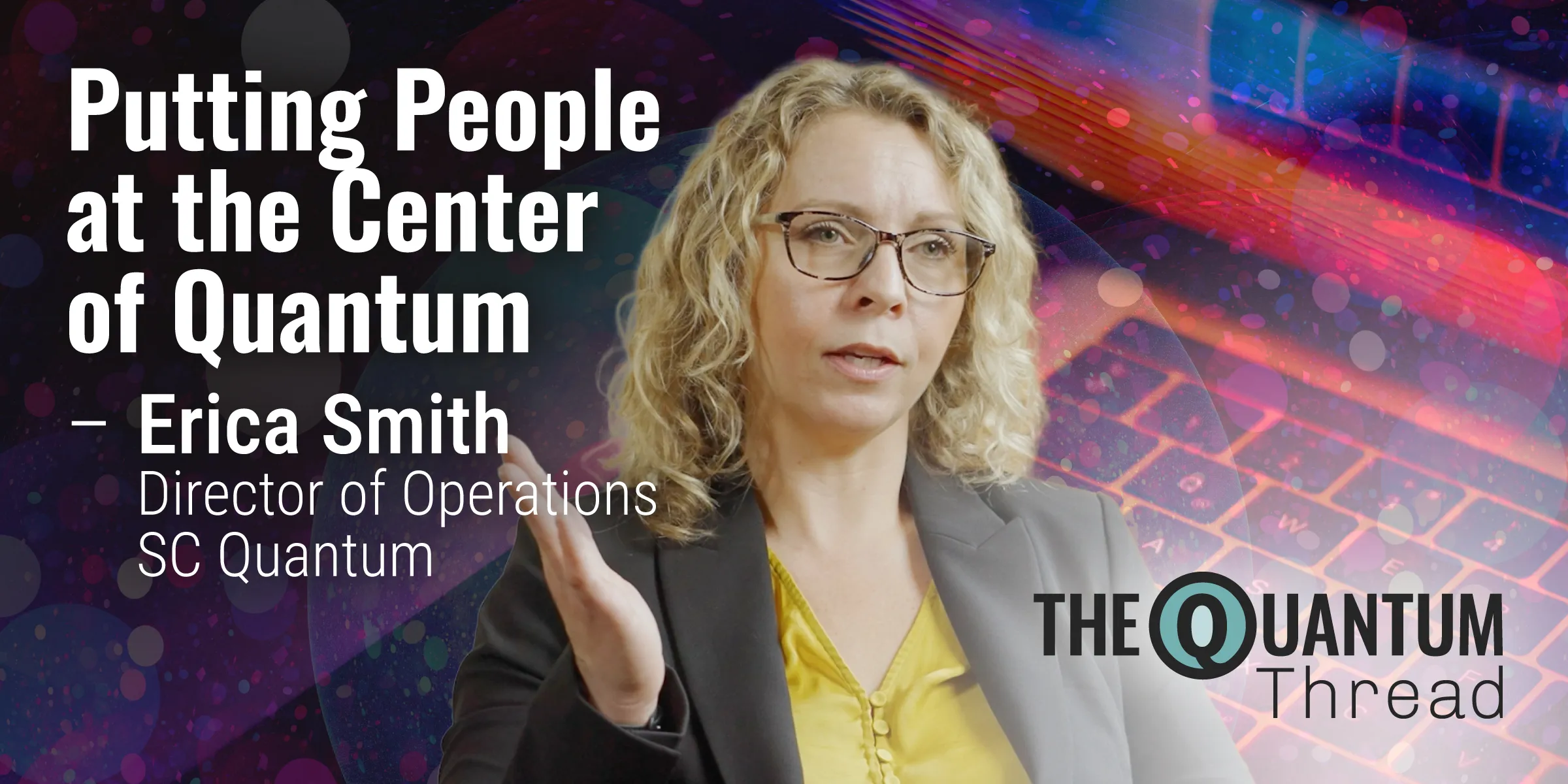(IYQ partner)
Quantum technologies are entering a decisive moment. Once considered a far-off scientific ambition, they are now moving steadily into practical experimentation, hybrid computing frameworks, and early industrial use cases. The shift is global, multidisciplinary, and collaborative. And yet, in many organizations, quantum still feels like a future tense: promising, but not ready; exciting, but uncertain.
The International Quantum Business Conference, taking place in Santiago de Compostela on December 17 to 18, 2025, is designed precisely for this moment. It brings together industry leaders, researchers, technologists, policymakers, and investors to discuss what it means to move quantum from potential to capability, and from capability to impact.
Pioneering Quantum Innovation from Galicia
Fsas Technologies—a Fujitsu company’s International Quantum Center was created with a clear mission: to accelerate the adoption of quantum technologies by fostering collaboration between research, industry, and public institutions. In Galicia, this mission has taken shape through concrete achievements—from pioneering proof-of-concept pilots with regional industry to the launch of specialized university courses that help cultivate the next generation of quantum talent. This new generation will have the opportunity to join research and development initiatives with the Galician Supercomputing Center (CESGA), local clusters, and innovation agencies. Together with the Galician government and CESGA, these efforts have laid the foundations for a robust quantum ecosystem that is internationally visible and growing rapidly.
More Than a Meeting Point—A Blueprint for Progress
Launched in 2024 by Fujitsu, in collaboration with the Galician Supercomputing Center (CESGA) and GAIN (The Galician Government’s Innovation Agency), the conference established itself as a unique forum where the scientific and business dimensions of quantum met on equal footing. The first edition gathered more than 200 participants from business, academia, and government, with a strong presence of international speakers and media coverage.
Discussions last year ranged from European public initiatives and global investment trends to real-world applications of quantum for drug discovery, logistics, energy optimization, and finance. This year’s edition continues that spirit, while raising the stakes.
2025: Empowering the Future of Quantum and Supercomputing for AI
As hybrid cloud environments, advanced accelerators, and quantum resources begin to work together, the frontier is no longer quantum alone, but quantum + HPC + AI. This is the landscape the 2025 program explores.
Across two days, participants will engage in:
- Keynotes on European quantum strategy and national-scale ecosystem development
- Panels connecting R&D centers, investors, and emerging industry adopters
- Scientific sessions on quantum hardware, algorithms, and hybrid architectures
- Business track discussions on real deployment pathways, funding, and regulation
- A parallel poster session and a visit to the CESGA Quantum Computer (QMIO)
The conference also hosts the QUORUM alliance sessions, focused on Spain’s collaborative quantum innovation efforts across research centers and companies.
Why It Matters Now
Across regions and markets, the same questions echo:
- How do we build a quantum-ready workforce?
- Which applications will mature first?
- How should policymakers support competitiveness while ensuring ethical and strategic alignment?
- What partnerships enable scalable innovation rather than isolated pilot projects?
This event is shaped to address these questions practically, not hypothetically.
Speakers include leaders shaping quantum research, ecosystem design, industry deployment, and science policy. Topics such as fault tolerance, quantum-safe communications, dual-use innovation, hybrid quantum-HPC architectures, and sectoral case studies illustrate what scaling pathways may look like over the next five years.
The Place Matters Too
Santiago de Compostela has become an unexpected yet fitting landmark in Europe’s quantum map. With Fujitsu’s International Quantum Center, the Galician Supercomputing Center (CESGA), and a growing network of research institutions and technology companies, Galicia is positioning itself as a European node for quantum talent, experimentation, and industry collaboration.
The conference is part of that story of ecosystem-making.
Join the Conversation—and Help Shape the Next Chapter
Whether you work in:
- Industry transformation
- Academic research
- Technology development
- Policy, investment, or innovation management
The International Quantum Business Conference offers a space to learn, connect, challenge assumptions, and forge collaborations.
If the last decade was about imagining quantum, the next will be about building with it.
This is where that work begins—together.
More information and registration are available at this link.
